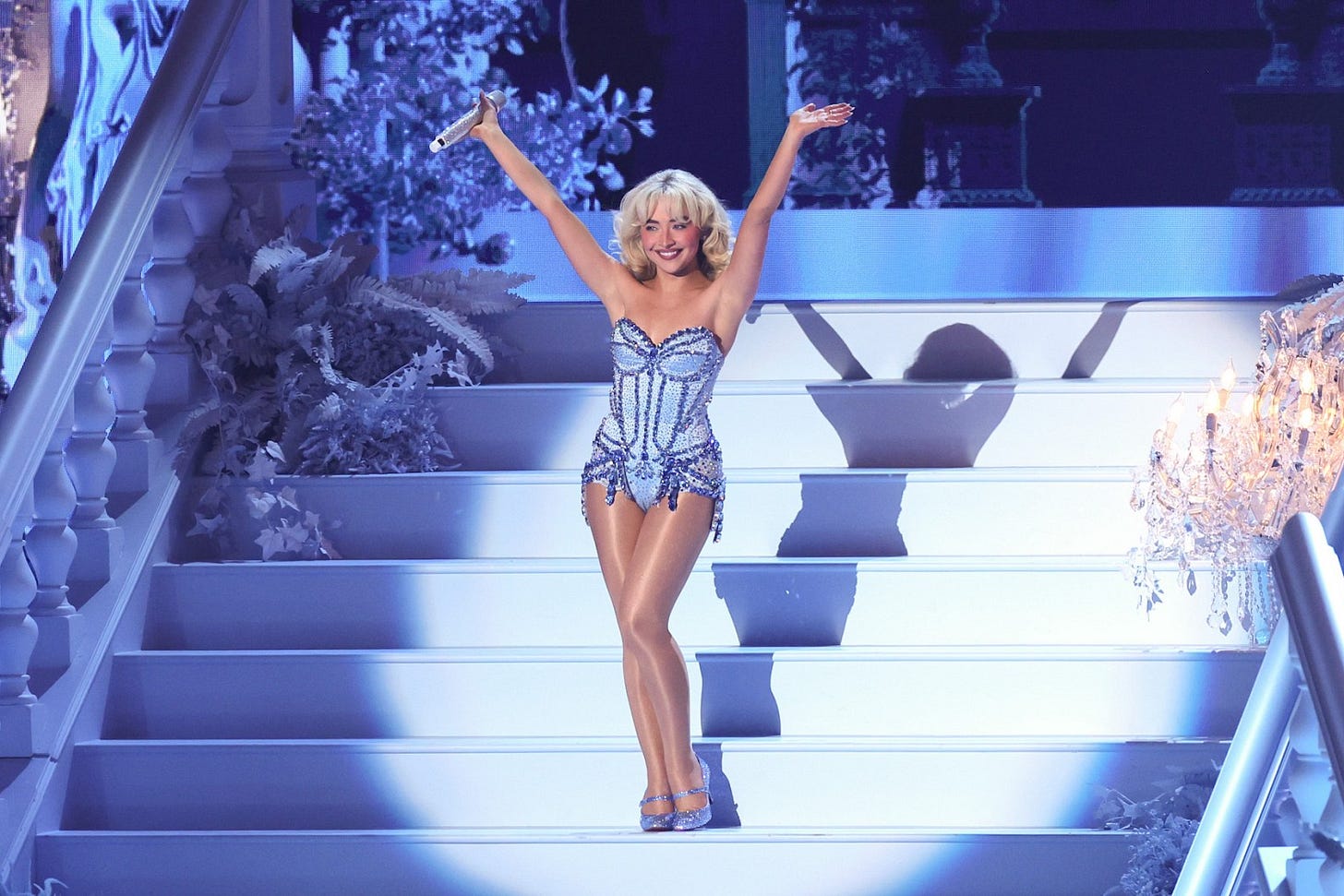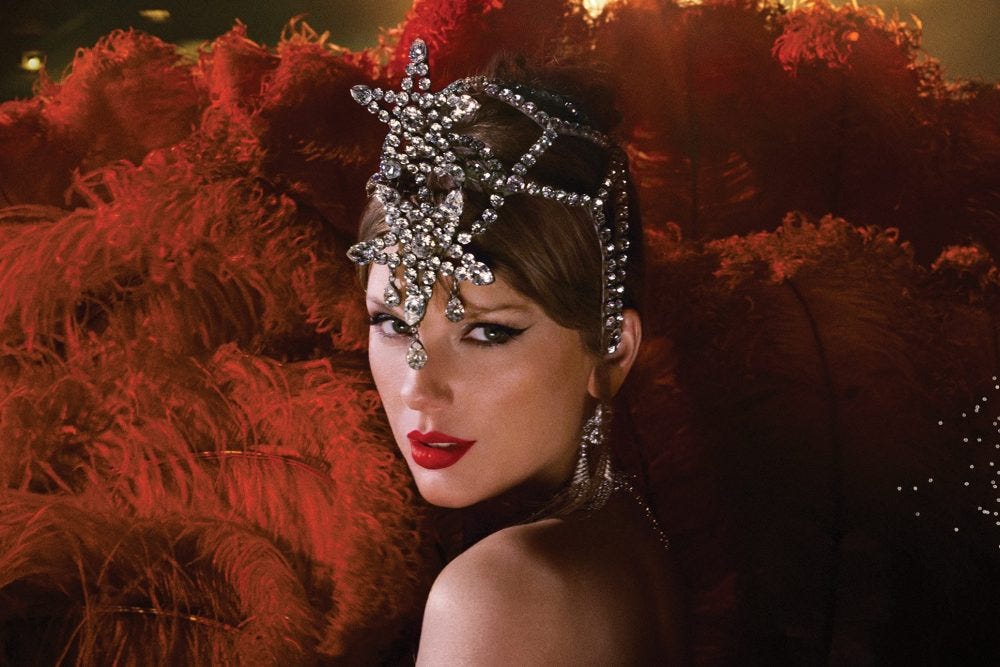Sequins, Steel Guitars & Showgirls
Why we're seeing musicians layer inspiration from different eras of the past
On August 29, Sabrina Carpenter released her 7th studio album, Man’s Best Friend. The album, released just a year after her Grammy-winning Short n’ Sweet, is a kaleidoscope of eras past — from Donna Summer and ABBA-inspired disco to flashes of Dolly Parton’s country and Christina Aguilera-esque vocals, her influences are clear. The record is also a perfect example of a phenomenon called nostalgia stacking. Nostalgia stacking refers to artists pulling from several decades at once, layering aesthetics to make the output feel both retro and fresh. It’s become the defining creative strategy of the 2020s.

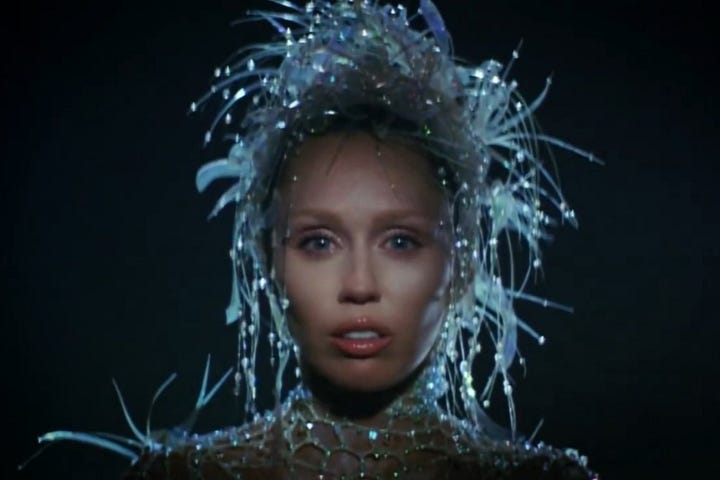
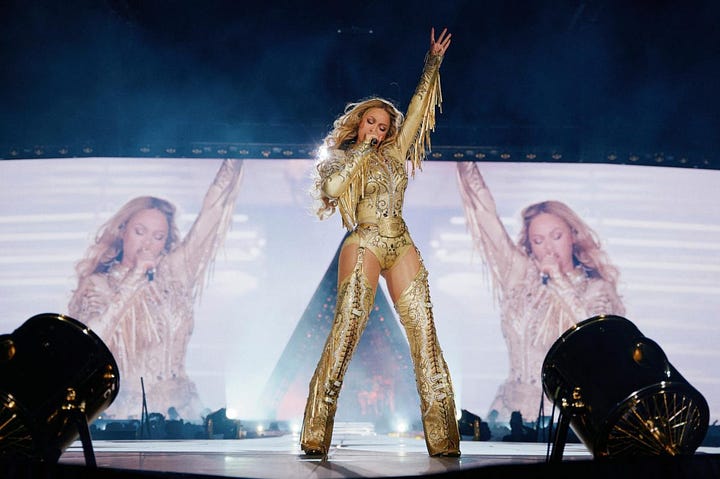
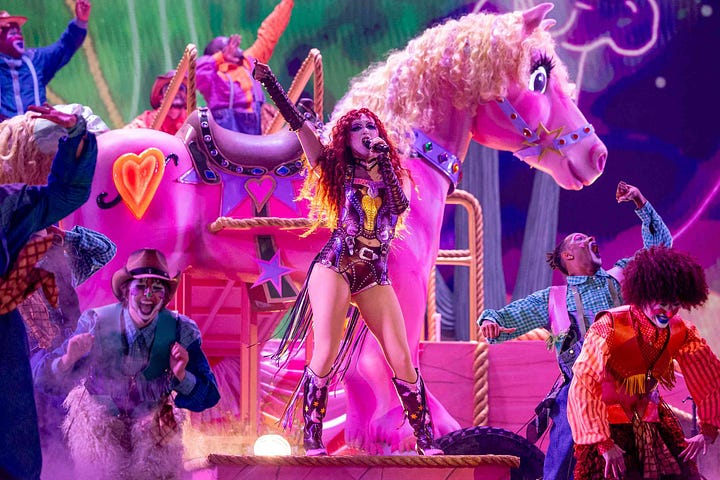
Recent Case Studies
Miley Cyrus — Something Beautiful
Miley’s recent album showcased nods to 80s rock icons like Joan Jett and Pat Benatar with gritty, raw vocals layered atop 70s disco-style, dance-floor-ready arrangements, also evoking an ABBA-like quality. Pair this with the soul and funk undertones and avant-garde visuals, and you have a suprisingly cohesive amalgamation of cinematic surrealism through the decades.
Beyonce — Cowboy Carter
Following up her futuristic feel on Renaissance, Beyonce’s Cowboy Carter fused country, Americana and folk, R&B and Afrobeats while the costumes and live visuals presented a rodeo queen/showgirl crossover that felt equal parts Dolly Parton and Betty Davis
Chappell Roan — The Rise and Fall of a Midwest Princess
In her debut album that earned her Best New Artist at both the Grammys and the VMAs, Chappell Roan’s The Rise and Fall of a Midwest Princess wrapped rhinestones and drag pageantry around small-town rodeo aesthetics. Sonically, her references are clearly the glossy melodrama of ’80s synth-pop in the lineage of Kate Bush, with the flamboyant theatricality of Freddie Mercury, with the queer dance-floor abandon of early Lady Gaga. Her incredible voice ties it all together moving easily from glitter-drenched camp to ’90s spoken-word asides to stadium-sized belts.
Why This Resonates Now
Much like disco in the 70s which rose out of social unrest, the sparkle is being used here as cultural armor. Instead of reflecting the darkness back to us, today’s artists are leaning into campiness and maximalism as an antidote. The sequins, pedal steel and disco beats help us disappear into an alternate reality. It’s less about nostalgia for the past and more about creating a glittery refuge in the now.
Pop in the 2020s is a mood board of showgirls’ past. Dolly and Donna, disco balls and rodeo queens, Kate Bush and Gaga’s fingerprints are all over today’s biggest hits. Nostalgia stacking is less about revivalism and more about reimagining — not living in the past, but remixing it into a sparkling today.


